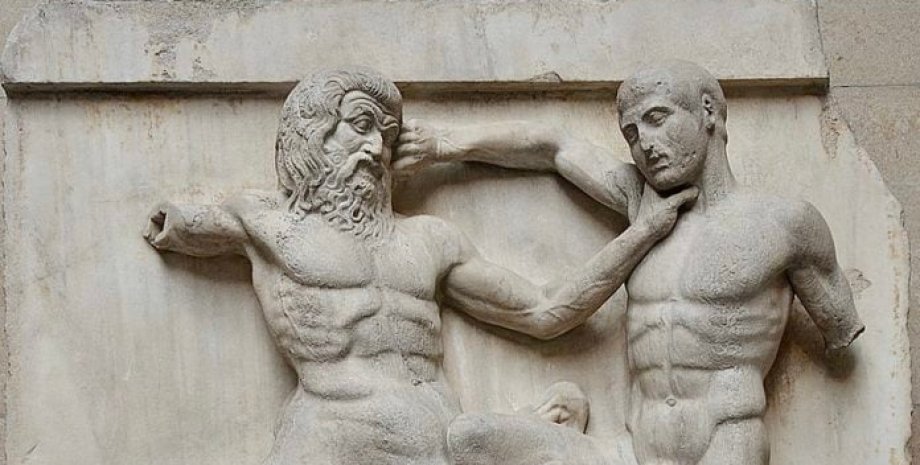
 By Eliza Popova
By Eliza Popova
The argument nominated by the British Museum is that the marble is better divided between two museums. In focus, technology appeared its Telegram channel. Subscribe not to miss the latest and most intrusive news from the world of science! In fact, this argument defends the idea that the division between the Acropolis Museum in Athens and the British Museum in London will provide "positive advantage and public benefit.
" He suggests that the revision of these ancient Greek miracles, both in the context of Athens and world history, enriches social experience. But is this division a truly harmonious distribution of cultural wealth or a dissonant cultural split masked under integrity? In her recent work, "Parthenon Marble and International Law, Catherine Titi delves into legal aspects that contribute to the return of artifacts.
The British Museum defends its position, pointing to other separated treasures, giving examples of medieval and Renaissance altars scattered across different museums in the world. But can this really be compared to the unique case of marble of Parthenon? Altar panels, such as "altar column" Raphael or "Melensky Diptych, really sprayed by collections through different circumstances.
However, the critical difference lies in the nature of the division of parfenon - this is a fragmentation of the monument, not just the separation of individual objects The Sistine Chapel, split in half, with Michelangelo's landmark fresco "Creating Adam", torn into fragments. This is similar to what happened to Parthenon. Let and the upper part, including shoulders and clavicles - in London. International principles that recognize the integrity of monuments reinforce this belief.
to the World Heritage List. Although marbles cannot return to the Parthenon itself yet, repatriation of them to the Acropolis Museum would reunite them with the surviving halves. According to the British historian and archaeologist Andrew Walles-Hedrill, who quotes The Times, there is no choice. To divide - means to destroy.










All rights reserved IN-Ukraine.info - 2022